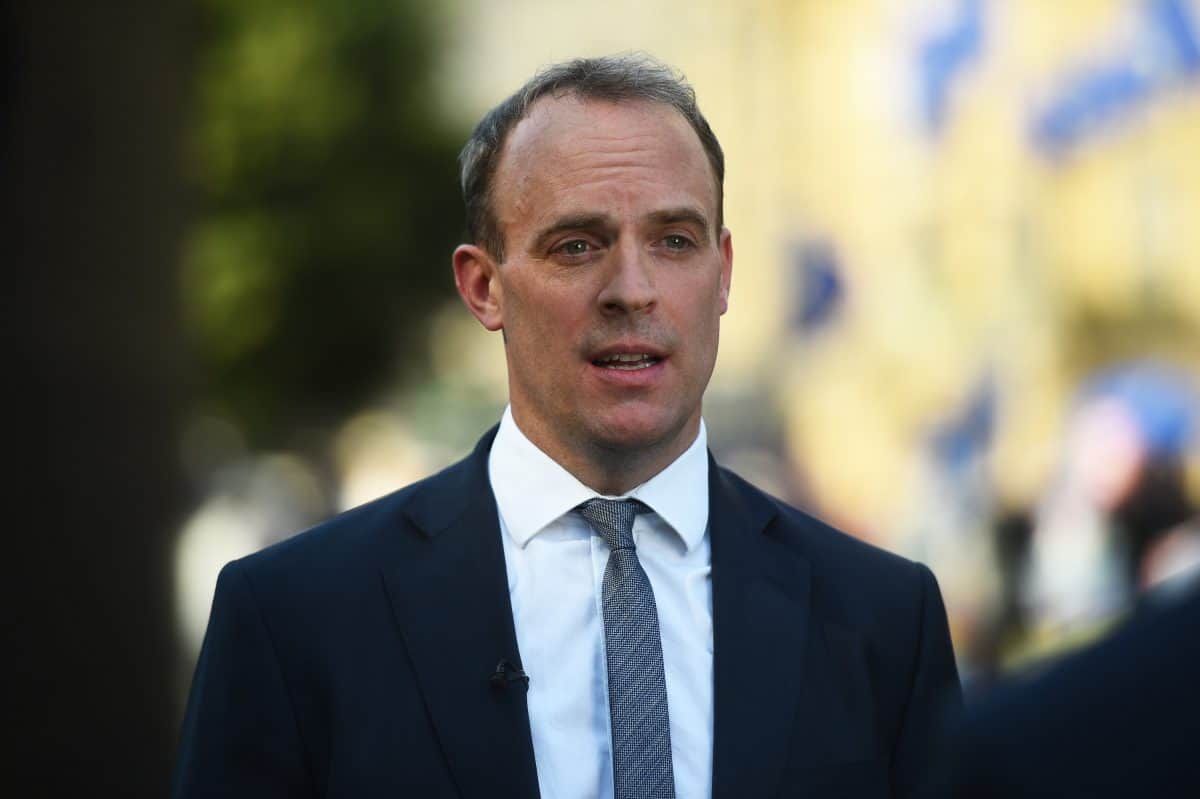
Credit;PA
The scale of the challenge facing the UK in tackling the spread of Covid-19 in care homes was acknowledged by ministers ahead of the publication of figures likely to give a clearer picture of the true death toll.
Dominic Raab – standing in for Boris Johnson following the birth of the Prime Minister’s son – said there would be no “sugar coating” of the issues and stressed the efforts being made to get a grip on the care homes crisis.
The Foreign Secretary, who faced questions in the Commons amid fears that the UK was on course to have the highest coronavirus death toll in Europe, said there was a “joint horror” across the House at the number of people killed in the outbreak.
They included 85 NHS workers and 23 social care workers – a total of 108.
Analysis by the PA news agency showed some 24,899 deaths involving coronavirus have been formally registered across the UK, though the true toll is thought to be far higher.
There is currently an 11-day time lag for the Office of National Statistics’ (ONS) data on the number of people who have died in care homes and their own homes after contracting coronavirus.
But from today the public will receive up-to-date figures to go alongside the number of hospital deaths.
At Prime Minister’s Questions in the Commons, Labour leader Sir Keir Starmer pointed to chief scientific adviser Sir Patrick Vallance’s suggestion in March that keeping the death toll below 20,000 would be a good outcome.
“We’re clearly way above that number and we’re only part way through this crisis and we’re possibly on track to have one of the worst death rates in Europe,” Sir Keir said.
He took issue with Mr Johnson’s comments about the “apparent success” of the UK’s strategy, adding: “Far from success these latest figures are truly dreadful.”
Mr Raab told him it was too early to make international comparisons.
The spread of the virus in care homes, where elderly residents are most at risk from coronavirus, is a major cause of concern.
“It is a challenge that we must grip and can grip to make sure we can get the numbers down in care homes as we have seen in hospitals and as we’ve seen in the country at large,” Mr Raab said.
Meanwhile:
– Testing tsar Professor John Newton said he was confident the target of performing 100,000 tests would be met on Thursday
– The UK is now the “international buyer of choice” for personal protective equipment, Mr Raab said
– Professor Sir David Spiegelhalter, a statistician at the University of Cambridge, said he believed more coronavirus deaths are occurring in care homes and at home than in hospitals
– Education Secretary Gavin Williamson suggested schools could reopen in a “phased manner” when lockdown restrictions are eased, although there was no fixed date for that
– The economic fallout of the crisis continued, with retail giant Next warning the impact of the lockdown had been “faster and steeper” than expected
– The UK’s biggest tour operator, Tui extended the suspension of its holidays up to and including June 11.
The impact of the virus on businesses and consequently the public finances has added to the pressure on ministers to set out how lockdown measures might be eased.
Downing Street was forced to deny it had watered down one of the five tests required for allowing the measures to be lifted.
Rather than stating in test five that the Government had to be confident any adjustments would not “risk a second peak of infections”, the wording was changed to say no weakening of restrictions would be made that risked a second peak that “overwhelms the NHS” – a lower bar.
The lockdown is due to be reviewed on May 7 and Sir Keir urged Mr Raab to give more information on the exit strategy.
But the Foreign Secretary said “concrete proposals” could not be set out without evidence from experts on the scientific advisory group for emergencies (Sage).
The panel is working on a range of options for easing restrictions while still keeping the reproduction rate of the virus – the number of new cases linked to a single individual – below one in order to stop it spreading exponentially.
Chief medical officer Professor Chris Whitty has suggested ministers will face “difficult choices” in deciding what measures could be lifted when the time came to ease the lockdown.